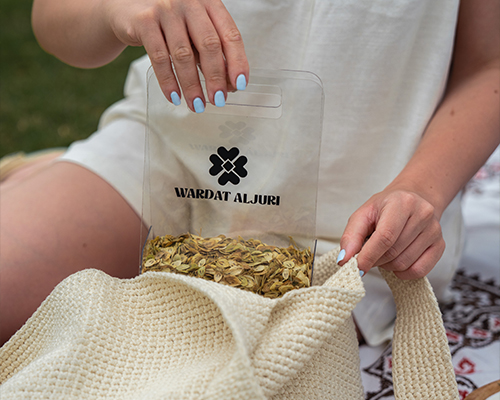Safflower, scientifically known as Carthamus tinctorius, is an annual plant from the Asteraceae (daisy) family. This plant is well-known for its bright yellow, orange, and red flowers, as well as its medicinal and industrial properties. In English, it is called “safflower,” a name that highlights its traditional use as a source of natural dyes.
Safflower is valued for its content of carthamin and safflower oil, which is rich in unsaturated fatty acids. In traditional medicine, it has been used to reduce inflammation, relieve pain, and improve blood circulation. Safflower oil, recognized for its health benefits, is also used in cooking as a healthy alternative, helping to reduce cholesterol and support cardiovascular health.
In the food industry, safflower is used as a natural coloring agent and flavor enhancer in various products. Additionally, in the cosmetic and skincare industry, safflower oil is a popular ingredient in creams and skincare products due to its ability to maintain skin hydration and improve dry and sensitive skin conditions. In the pharmaceutical industry, safflower’s anti-inflammatory and tonic properties are utilized in the production of herbal supplements and medicines.
Safflower is native to Central Asia and the Middle East, but it is now cultivated worldwide, especially in regions with dry and semi-arid climates. Due to its drought resistance and low water requirements, safflower is considered a valuable agricultural crop in many parts of the world.





